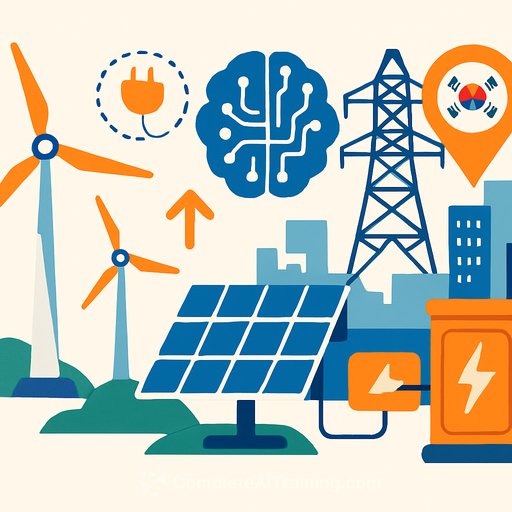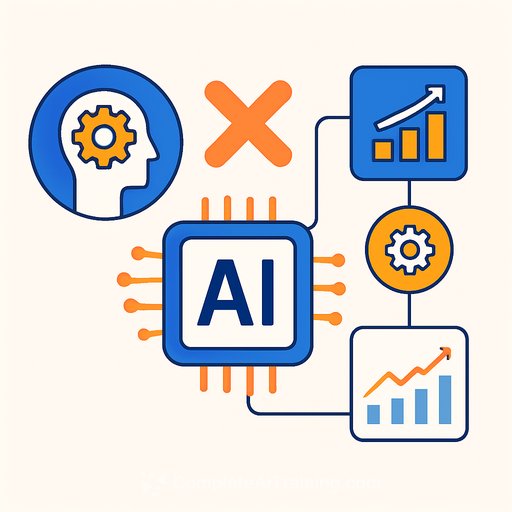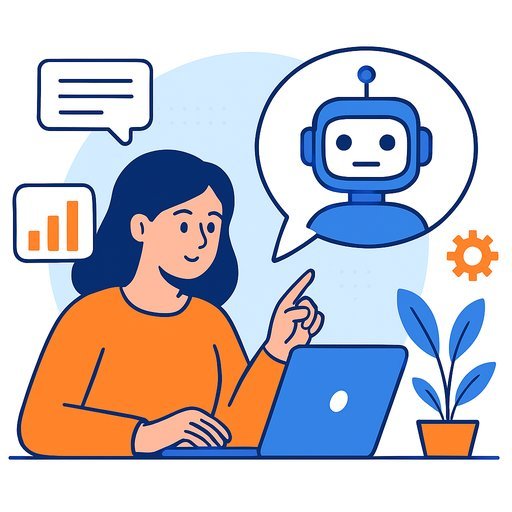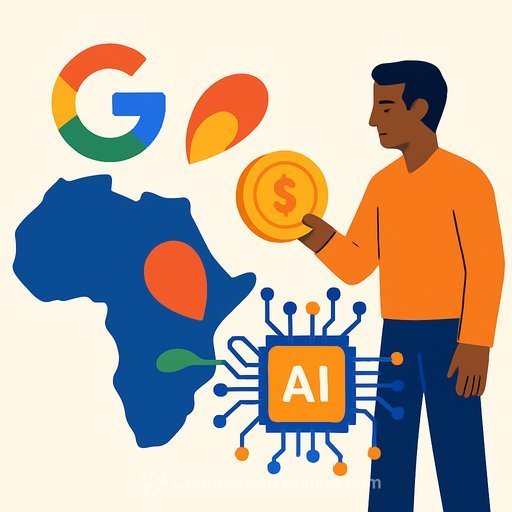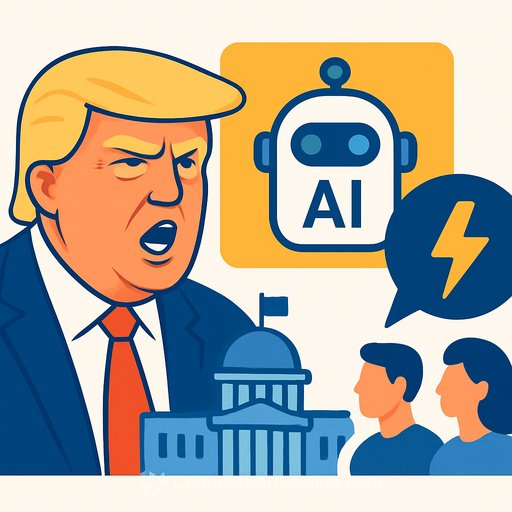South Korea Plans AI-Driven Power Grid to Optimize Electricity Production
The South Korean government is moving forward with plans to develop an intelligent power grid that uses artificial intelligence to enhance electricity production. President Lee Jae Myung emphasized the need for a “next generation” power grid capable of integrating AI technologies and adapting to the increasing adoption of distributed energy systems, particularly renewable sources.
President Lee highlighted the urgency of energy transition, stating, “Energy transition has become an essential task. On top of an artificial intelligence revolution, the supply of renewable energy through power grid improvement has become very urgent.”
From One-Way to Two-Way Power Flow
The proposed power grid will replace the current one-way electricity flow system with a two-way setup. This means electricity can be sent to demand sites via the transmission network, while any surplus can be transmitted back into the grid. AI will play a key role by predicting renewable energy generation and electricity demand more accurately.
This capability will allow the grid to better utilize surplus renewable energy, reducing the need for output restrictions and improving overall efficiency.
Regulatory Support and Market Innovation
To facilitate development, the government plans to introduce regulatory exemptions to the Electricity Business Act and the electricity market framework. This will encourage innovation and ease the integration of AI-driven solutions.
Additionally, South Korea aims to develop new electricity rate systems that enable direct electricity trading between local power companies and demand enterprises, promoting a more flexible and responsive energy market.
South Jeolla Province: A Renewable Energy Hub
The government has selected South Jeolla Province as the pilot region, given its high renewable energy potential. More than 200 billion won (approximately $144 million) will be invested in five microgrid projects there. These projects will serve as test cases for the future AI-powered grid.
Context: Korea’s Energy Landscape
According to the International Energy Agency, as of 2023, South Korea relies heavily on fossil fuels: 24% from coal, 36.6% from oil, and 18.5% from natural gas. The country has set targets to increase renewable energy use to 20% by 2030 and 35% by 2040, which remain modest compared to many industrialized nations.
In May 2025, South Korea announced plans to launch renewable energy tenders totaling 2.25GW, marking a step toward these goals.
Data Centers and Green Energy Initiatives
South Korea hosts the sixth-largest data center market in the Asia-Pacific region, with over 600MW of installed capacity, mostly around Seoul. While renewable energy adoption is still limited, data centers in the country are beginning to focus on decarbonizing their operations.
Last November, Korea Southeast Power and Samsung C&T announced the “Dangjin Green Energy Hub” project. This initiative includes a 900MW hydrogen fuel cell power plant paired with 300MW of battery energy storage, designed to support large-scale data center operations. If completed, it will be South Korea’s first fuel cell hydrogen power plant.
For IT professionals and developers working in energy and infrastructure, South Korea's move highlights the growing role of AI in power systems management. Understanding AI’s application in energy grids could become a valuable skill in the near future. For those interested in expanding their AI expertise, exploring specialized courses can provide practical knowledge relevant to projects like this.
Explore AI training options at Complete AI Training to stay ahead in emerging AI applications within energy and infrastructure sectors.
Your membership also unlocks:

